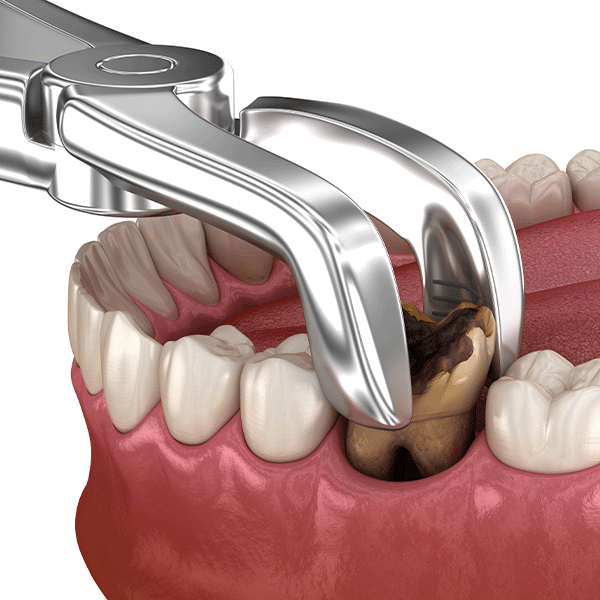What is a Dead Tooth?
In the structure of the teeth, hard and soft tissues are together. When the nerves in the inner layer of the tooth are damaged, blood flow may stop. This can lead to infection. After a while, the nerves may die and the tooth is no longer alive.
What are the signals of a dying tooth?
When a tooth dies, blood can not reach the nerves in the pulp. Discoloration in the outer structure of the tooth or pain during chewing is considered a sign for many patients. The color of healthy teeth is usually dull-white, depending on the foods consumed and the care given to oral hygiene. Habits such as coffee and cigarettes turn teeth yellow.
The color of a dying tooth can be distinguished from other teeth. It can be yellow, brown or even black. As the nerves die over time, the color change also increases. Pain is also considered a symptom. The severity of pain varies from person to person. Bad smell in the mouth, bad taste in the mouth, and swelling of the gums are signs of infection.
Factors Causing Tooth Dying
Strong hits to the teeth can cause damage and trauma. This is among the causes of tooth death. The death process of the tooth can be short or long.
A dead tooth is also seen in people who do not pay attention to oral care. Small caries, which were ignored or not noticed at first, gradually grow and destroy the tooth if it's not treated in time.
Tooth decay, which is first seen on the tooth enamel, can reach the nerves over time. Once the bruise reaches the nerves, the infection begins. During this period, patients experience intense pain.
“How do I make sure that my tooth is dead?” A patient who asks the question should make an appointment for an X-ray. In case of any doubts or symptoms, should be contacted the dentist immediately.
Treatment Methods for Dead Tooth
First of all, the treatment of the tooth in this condition must be started as soon as possible. That's because bacteria spreading from a dead tooth damages other teeth or gums.
Root Canal treatment is often preferred by dentists. In some cases, the tooth may need to be extracted completely.
Root Canal treatment is a permanent solution to at least keeping the tooth in place and continuing its use. With the hole made in the tooth, the center is descended, the nerves are removed and the infection is cleared. After this process, the gap is filled with filling.
In addition, the use of "crowns" can be seen within the root canal treatment. Crowns are stable prostheses that are placed on the teeth. It is specially prepared for the tooth. It is a good choice, especially when a large filling is made.
Dentists may not prefer crown veneers. In this case, other methods are used to change the external appearance of the filled tooth. Different aesthetic treatment methods can also be preferred.
In severely traumatized and severely damaged teeth, tooth extraction may be the only solution. The dentist completely removes the tooth with its root. In this case, implant treatment or another method is applied later.
All scenarios should be discussed with the dentist. “Will the filling be permanent?”, “How much does it cost?”, “What should I do to care for the filled tooth?” The answers to these questions should be known by the patient.
